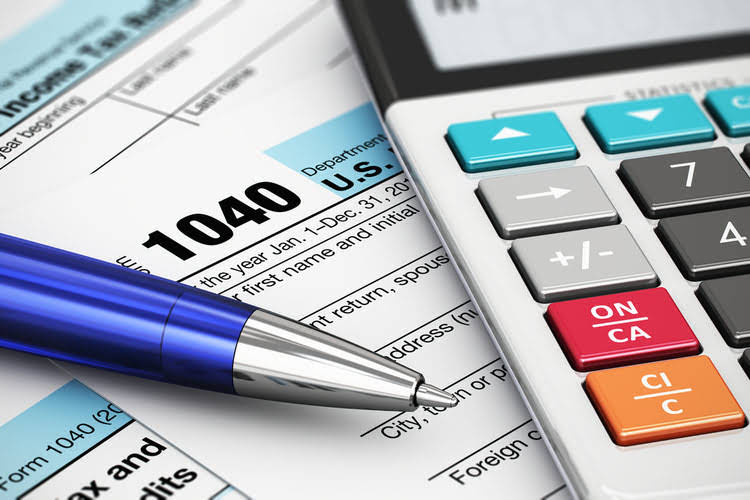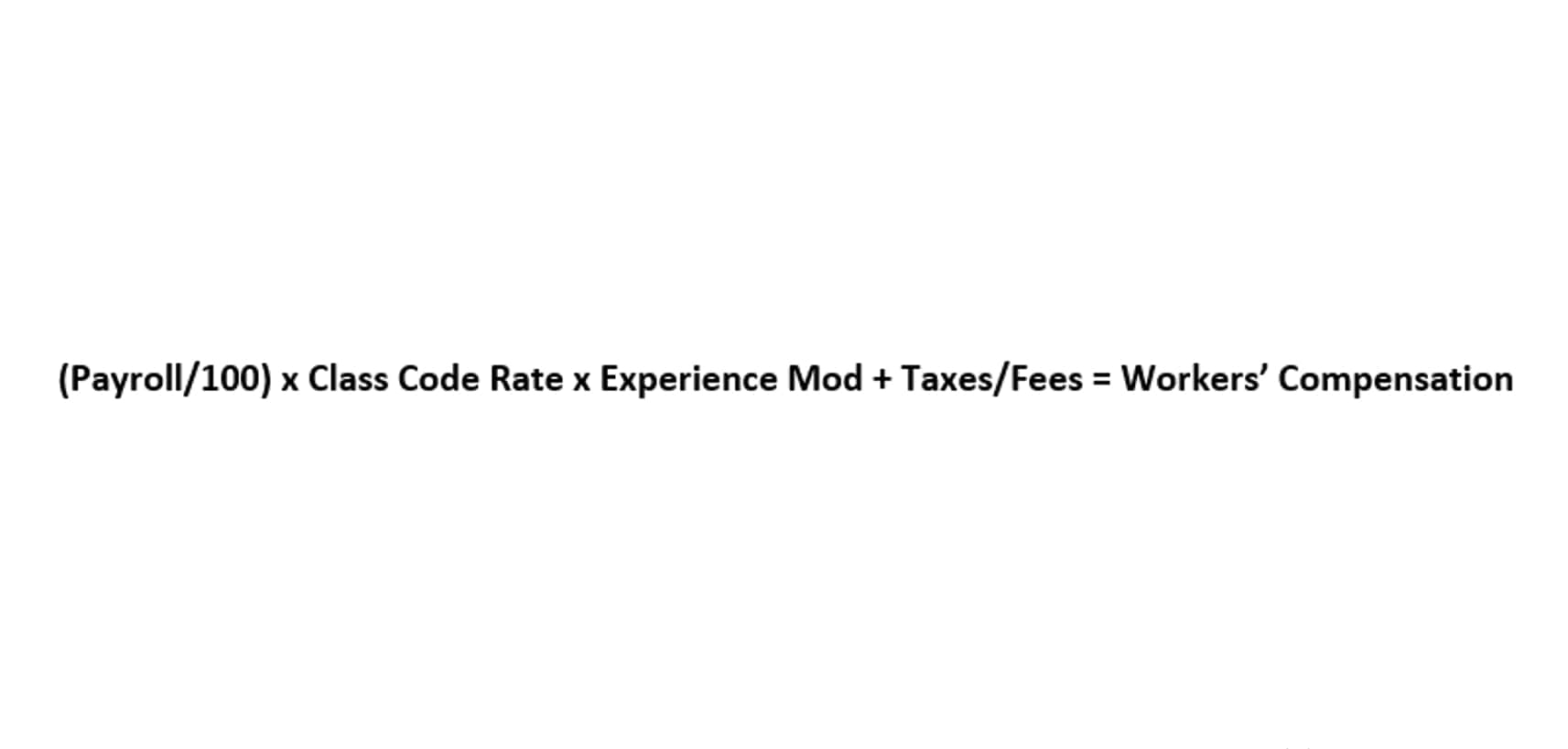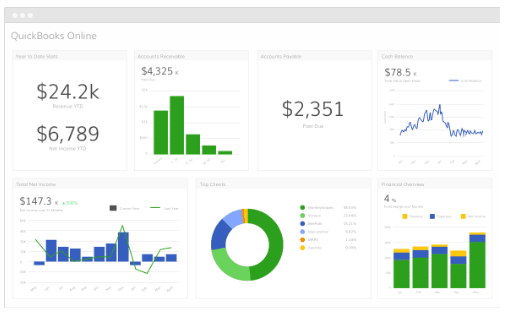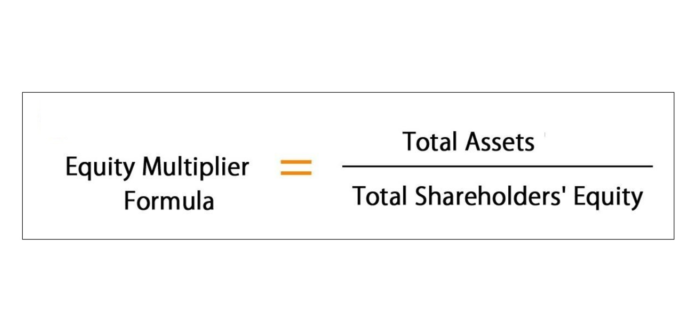
In contrast, the perpetual inventory system is a method that continuously monitors a business’s inventory balance by automatically updating inventory records after each sale or purchase. A defining feature of the periodic inventory system is its reliance on physical counts, meaning inventory balances are only updated after these counts occur. This method does not provide real-time information regarding inventory levels or the Cost of Goods Sold throughout the accounting period. Consequently, businesses operating under this system will not have an up-to-the-minute view of their stock. For the periodic inventory method, there’s no need to continually record the inventory levels.

Top 10 Property Management Operations You Can Automate for Greater Efficiency

One common method is First-In, First-Out (FIFO), which assumes that the first units of inventory purchased are the first ones sold. Under FIFO, the ending inventory is valued using the cost of the most recently acquired goods. This method generally results in a higher ending inventory value what is required at the end of a reporting period in a periodic inventory system? and a lower cost of goods sold during periods of rising prices, leading to higher reported profits.
Which is better, periodic or perpetual?
- Basic record-keeping involves tracking the beginning inventory, purchases, and ending inventory, which can be easily managed using spreadsheets or basic accounting tools.
- The periodic inventory system does not update the general ledger account Inventory when a company purchases goods to be resold.
- These inaccuracies can affect the calculation of the cost of goods sold (COGS) and overall inventory management.
- Periodic inventory is a system of inventory valuation where the business’s inventory and cost of goods sold (COGS) are not updated in the accounting records after each sale and/or inventory purchase.
- Since you only need to perform a physical inventory count, you won’t need to purchase any additional equipment or new digital tools.
- This tool helps you quickly update your stock counts and reduces human error.
- These accounts are closed into the Cost of Goods Sold account to aggregate all costs related to goods available for sale.
Once the physical count is complete, it’s time to record the product quantities. This data is typically entered into a digital database or inventory management software, ensuring a centralized and organized repository for your inventory information. For example, XYZ Corporation has a beginning inventory of $100,000, has $120,000 in outgoings for purchases and its physical inventory count shows a closing inventory cost of $80,000. Periodic checking involves fewer records than other valuation methods and is often faster to calculate. Since you’ll only have to count your inventory at a few designated times throughout the year, you’ll save a lot of time.

AccountingTools
- One of the oldest and simplest ways to manage inventory is through a periodic inventory system.
- Schedule physical counts during periods of low activity to minimize disruptions to your operations.
- Streamlines order fulfillment, automates stock tracking, and ensures efficient delivery management, helping businesses optimize logistics and improve customer satisfaction.
- But when you partner with Red Stag, you’re not just getting inventory management—you’re outsourcing your entire ecommerce fulfillment process to experts.
The following entry shows the transaction that you record under a periodic inventory system when you sell goods. Thus, there is not a direct linkage between sales recording transactions and inventory in a periodic inventory system. At the end of the accounting period, the final inventory balance and COGS is determined through a physical inventory count. Periodic inventory is a system of inventory valuation where the business’s inventory and cost of goods sold (COGS) are not updated in the accounting records after each sale and/or inventory purchase.

How does a business transition from a periodic to a perpetual inventory system?
Since inventory balance is only updated at set intervals, errors can go unnoticed if the system isn’t structured properly. Furthermore, periodic inventory systems may not be suitable for larger businesses or those with complex inventory requirements, as they can be time-consuming https://bellevuehomephotographer.com/insurance-bookkeeping-best-practices-for-agencies/ and labor-intensive. The lack of continuous inventory tracking can make it challenging to maintain optimal inventory levels and respond quickly to changes in demand. This process provides a snapshot of inventory levels at the end of the period but does not provide ongoing updates between inventory counts.

JIT systems represent a fundamentally different approach, focusing on minimizing inventory by ordering items only when needed. This method reduces carrying costs but requires reliable suppliers and accurate demand forecasting. In maintenance operations, JIT can be challenging due to the unpredictable nature of equipment failures and repair needs. Schedule physical counts during periods of low activity to minimize disruptions to your operations.

